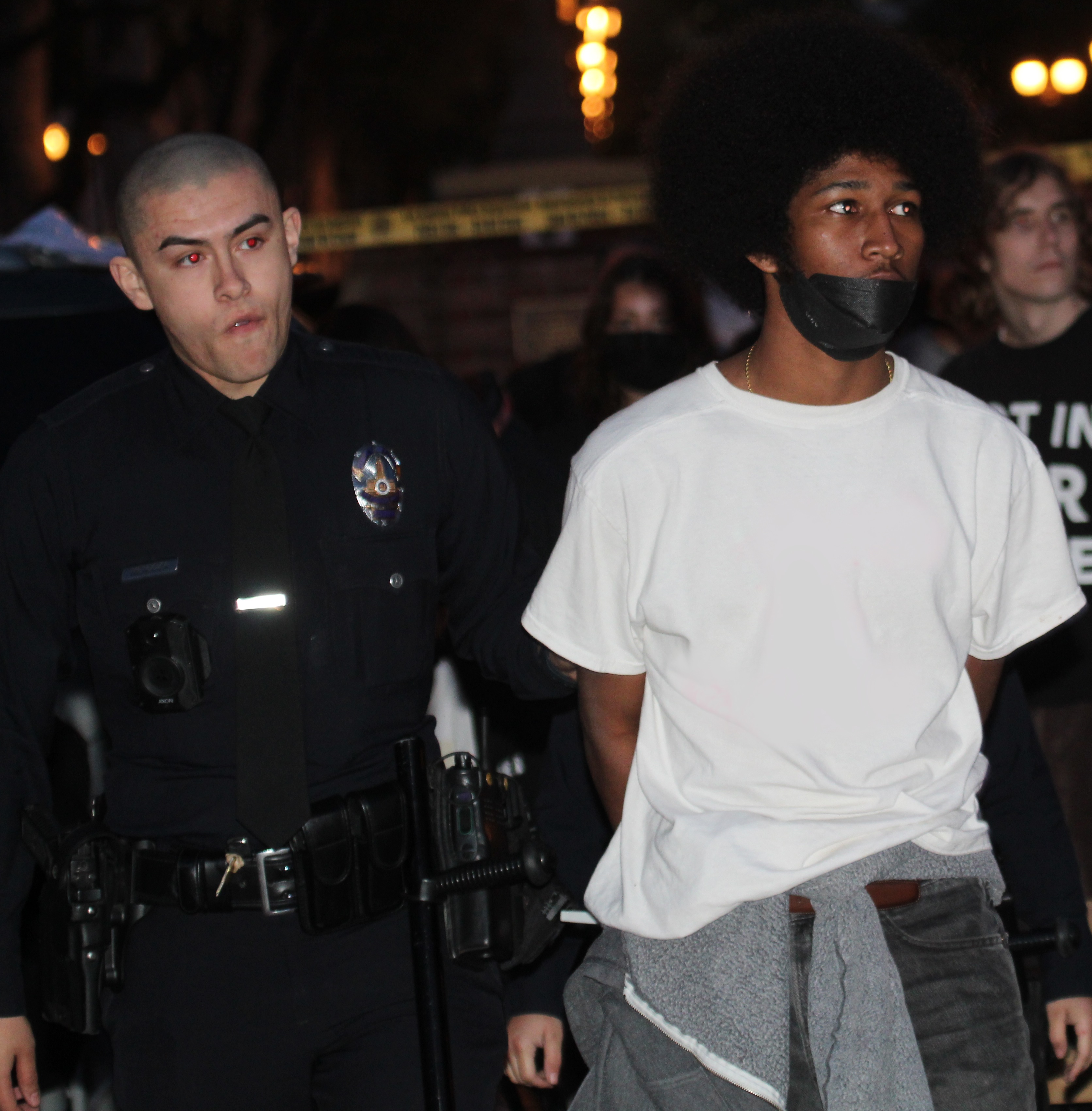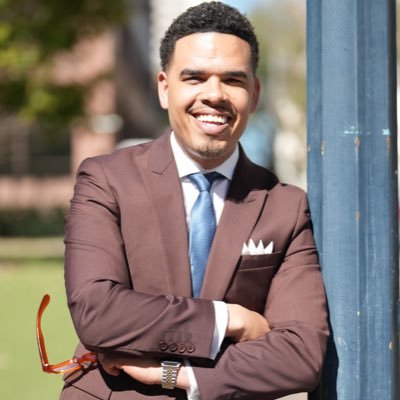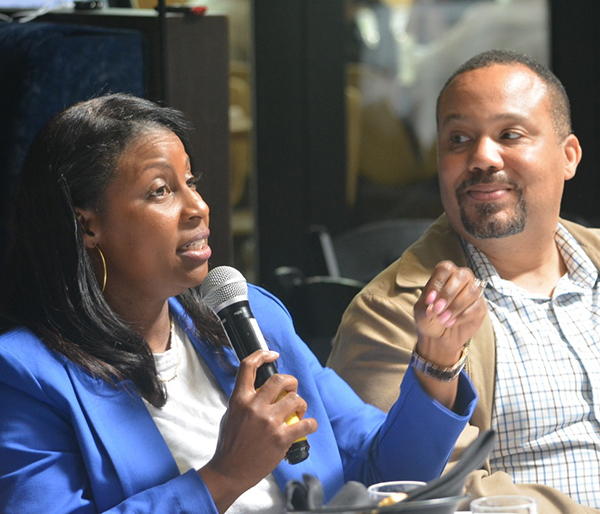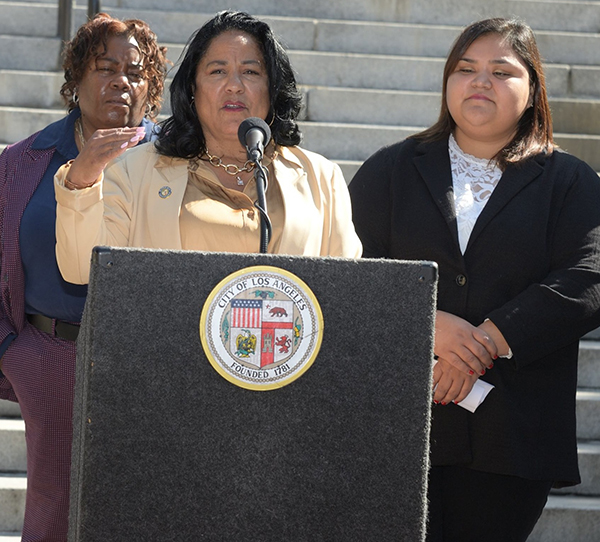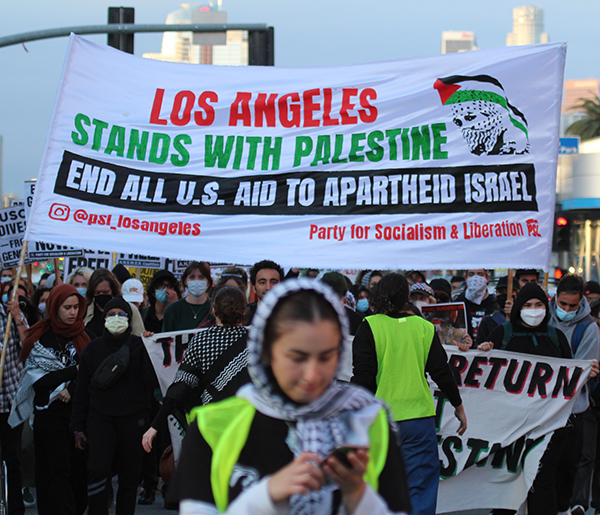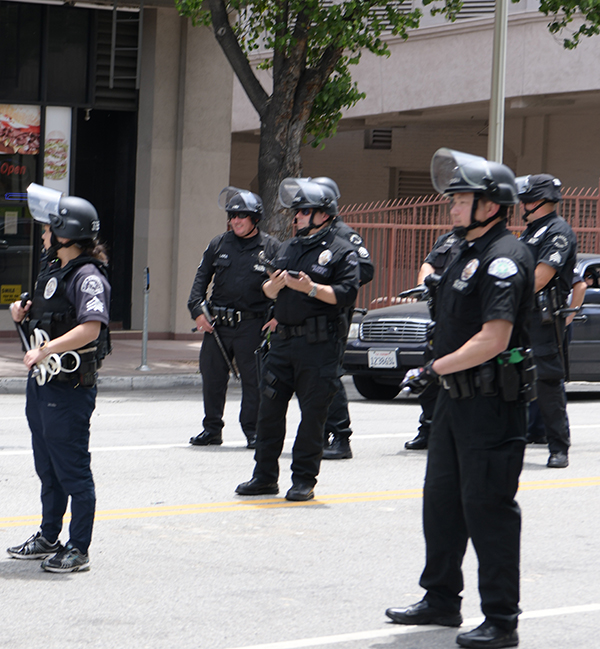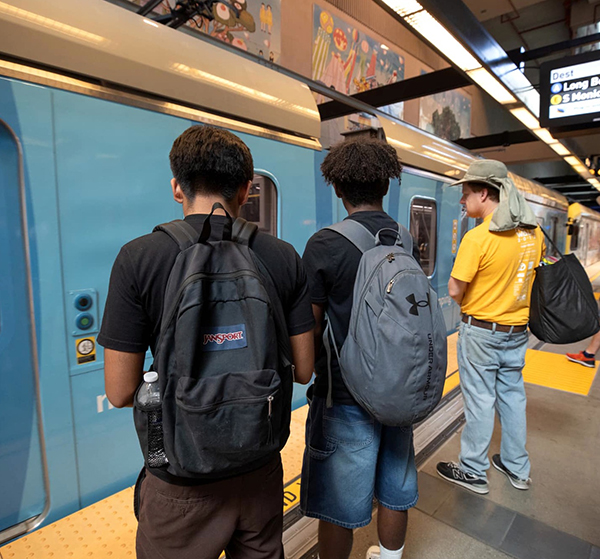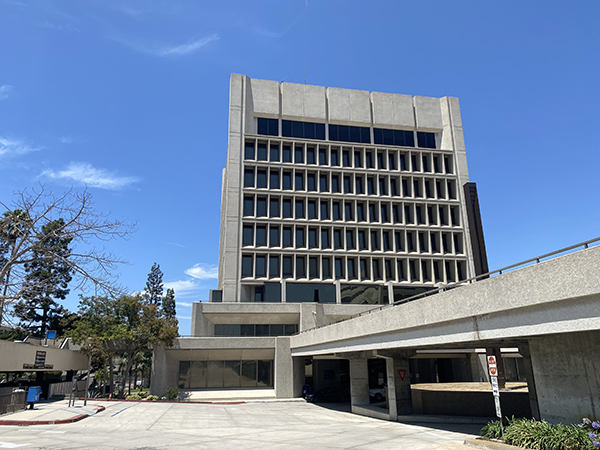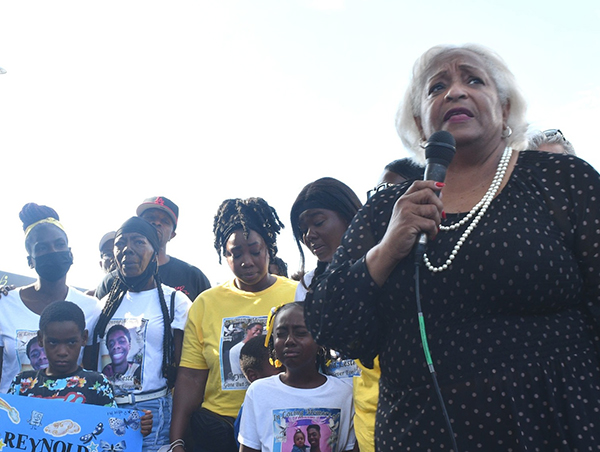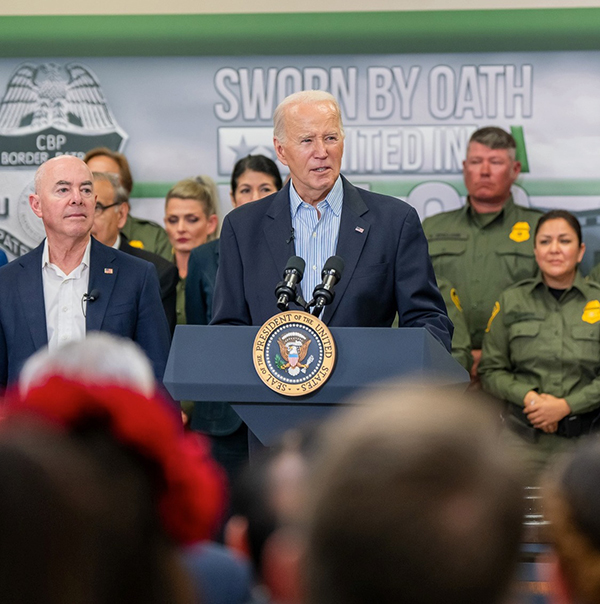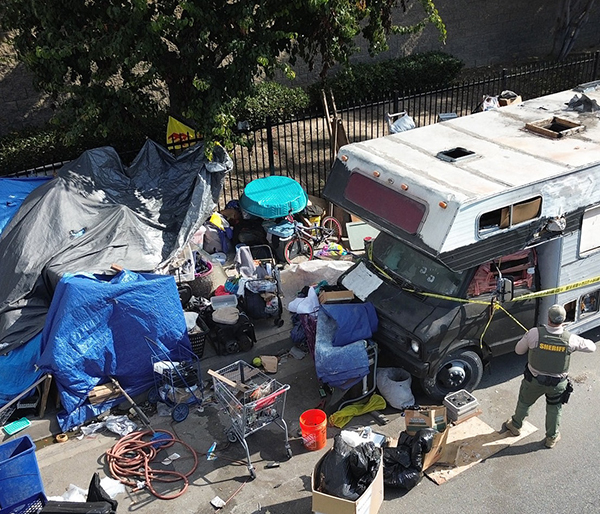By Earl Ofari Hutchinson
Contributing Writer
I made a demand three weeks before the murderous crash that wiped out the lives of six people, including — most heartbreaking — a pregnant mother and her year-old child.
I asked the Los Angeles County Board of Supervisors, the California Highway Patrol, the Los Angeles County Sheriff’s Department and the county Department of Public Works to do whatever it took to curtail the colossal pedestrian and vehicle hazards at the intersection of Slauson and La Brea avenues in Windsor Hills.
I live one block from that corner. I can’t tell you how many times I have witnessed mob takeovers of the corner, nighttime donuts, wheelie contests, crashes, near crashes, routine traffic light running and reckless speeding up and down the LaBrea Avenue hill. I called for increased monitoring, surveillance, roving traffic control teams, stop light changing additions and reconfigurations and spaced speed cones. Nothing.
It’s brutally painful to say this but the colossal hazards posed at that intersection and others like it in Los Angeles were a monumental tragedy waiting to happen.
As we now know, on Aug. 4, that tragedy happened. As always it provoked the usual recriminations, hand wringing and second guessing. The hard and undeniable fact is that if deterrent action had been taken when I and other community residents demanded it, the people who were killed Aug. 4 might still be alive today.
At the very least, any measure taken by the authorities would have increased the odds of the victims’ survival and served as a model for reducing hazards at other potential danger spots.
The Aug. 4 carnage, though, is hardly an isolated occurrence in Black and Latino communities. The Department of Transportation’s National Highway Traffic Safety Administration crunched hard numbers on vehicle fatalities over the past two decades. The numbers repeatedly show one thing.
Blacks and Latinos are at far greater risk from accidents, many fatal, than whites. It’s getting worse. The agency found that in 2020, Blacks had the greatest increase in traffic fatalities than any other group.
The numbers soared even though Blacks and other drivers drove much less than in prior years due to the COVID pandemic.
Here are the grim numbers. Nearly 40,000 persons died in traffic accidents in 2020. That was a major jump from 10 years earlier. Blacks made up a disproportionate number of those traffic fatalities.
The death toll was up by 23%. Not only were the numbers constantly high for Black fatalities in vehicle accidents, but they were also consistently high for Black pedestrians.
Blacks were more likely to be struck while on foot than other pedestrians. The reason more Blacks were more likely than whites to rely on their feet to get them from point A to B was due to lack of a motor vehicle.
Whether Blacks suffer a vehicle-related accident or fatality by walking or driving, the reasons why are clear. Black communities, particularly poorer Black communities, are less likely to have crosswalks, warning signs and other safety mechanisms.
Then there’s the road design in heavily traveled streets in urban communities. They are more likely to be high-speed, often resembling freeways.
The La Brea and Slauson intersection is a textbook example of that. It has only one stop light at the bottom of a steep three-lane street. That virtually invites drivers to barrel down La Brea at blinding speeds during daylight and evening hours.
It has also invited mob takeovers on this frequently traveled, wide open street. This has sent the dire hazard signal that the street is virtually an urban speedway for reckless drivers.
There is also much evidence that drivers are less likely to exercise safety precautions when other drivers and pedestrians are Black. One study confirmed that drivers are far less likely to slow down and yield the right of way when other drivers and pedestrians are Black than when the pedestrians or drivers are white.
One other added element to the grim picture. Researchers from Boston University and Harvard University analyzed 2017 national traffic fatality and household travel data by race and found systemic underinvestment in pedestrian and cycling infrastructure, like bike lanes, in communities of color, disparities in emergency response, quality of care and outcomes, and access to medical insurance are just some explanations researchers outlined that could be causing racial disparities in traffic fatalities.
The day after the La Brea disaster, I and other community residents again called on the county Board of Supervisors to declare an auto violence state of emergency crackdown in the county. We called for empowering a special law enforcement and citizens task force to monitor and enforce traffic laws at hot spots such as the site where the deadly accident occurred. That would include increased citations, arrests, camera installation and surveillance.
The La Brea crash was personal for another reason. I pointed out that the worst crash in recent county history occurred one block from my house and I witnessed it. That increased the urgency in cracking down on mounting traffic mayhem in the county. This recklessness puts the lives of thousands at mortal risk.
My call for action still stands. Action now may prevent yet another driving death on La Brea or any other street. Again, the call for action is now.
Earl Ofari Hutchinson is an author and political analyst. He is the author of the forthcoming “The Midterms Why They Are So Important and So Ignored” (Middle Passage Press). He also is the host of the weekly Earl Ofari Hutchinson Show on KPFK 90.7 FM Los Angeles and the Pacifica Network Saturdays at 9 a.m.

